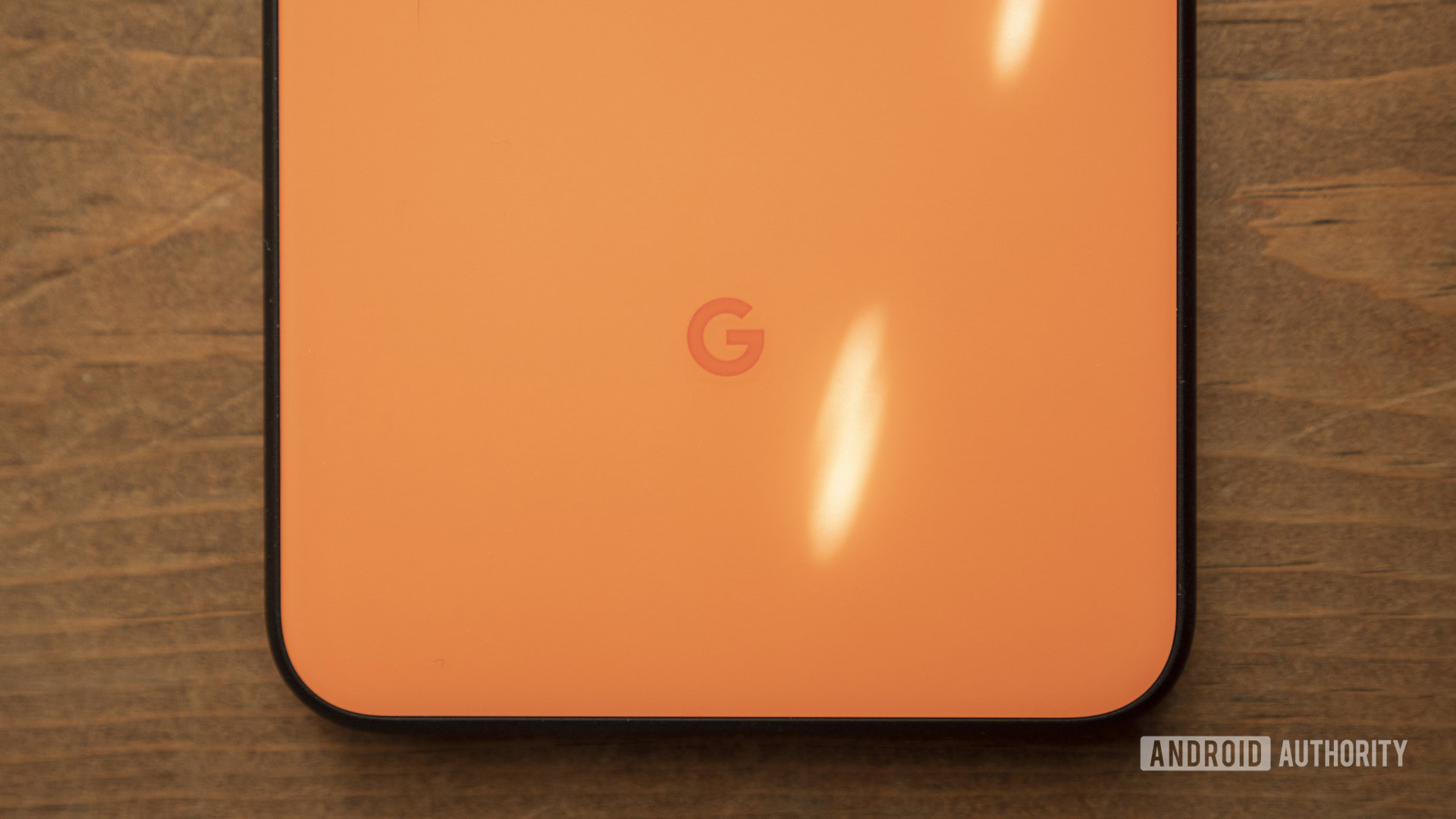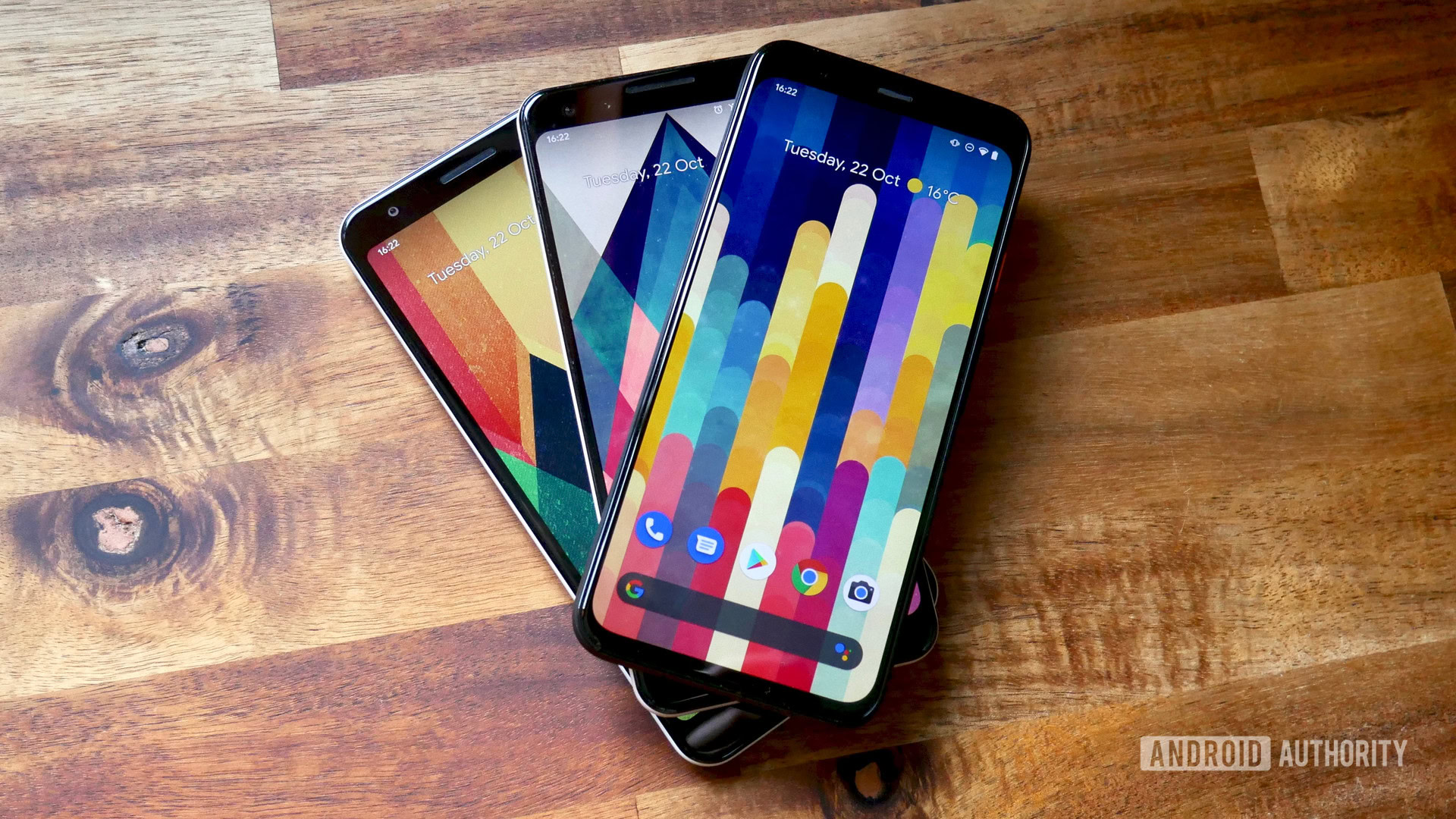Affiliate links on Android Authority may earn us a commission. Learn more.
The Google Pixel 4a is amazing, but what does it mean for the Pixel 5?
Published onAugust 9, 2020

With the arrival of the Google Pixel 4a, talk inevitably turns to Google’s next flagship release, the highly anticipated Pixel 5. While Google fans have some detailed wishlists for the Pixel 5, the rumors point to a more muted upgrade over the previous generation. The Pixel 4a refines two generations of Google’s vision, setting a very high bar for the Pixel 5 to even justify its existence — especially considering you can buy a Pixel 4a for just $349. Google’s next flagship needs to be something special, but that’s looking doubtful.
Google Pixel 5: Everything we know so far
A big part of the issue is that Google doesn’t make powerhouse flagship phones. Last year’s Pixel 4 wasn’t quite as fast as other 2019 flagships, perhaps to extend its dubious battery life. This year, the Pixel 5 is rumored to forgo a flagship-tier chip altogether, opting instead for the mid-tier Snapdragon 765G we recently saw power the OnePlus Nord.
The 765G offers enough performance for most users, with longer battery life, and integrated 5G. However, the Pixel 4a’s Snapdragon 730G already offers pretty comparable performance even when compared with the finely-tuned implementation of the 765G from OnePlus.
Plus, with the $499 Pixel 4a 5G arriving this fall with its own rumored 765G chipset, any slim advantage for the Pixel 5 goes completely out the window. Customers wanting a larger, more powerful Google workhorse can simply wait for the Pixel 4a 5G.
With minimal appeal to performance enthusiasts and a high price all but guaranteed, Google needs to double or even triple down on its biggest strength: photography. Great cameras sell phones, as demonstrated by Apple, HUAWEI, and Google’s very own affordable 3a. To stand out, the Pixel 5’s camera has to be a major leap forward.
The Pixel 4a refines Google's last two generations, the Pixel 5 needs to be something new.
Sticking with the zoom lens from the Pixel 4 series seems quite essential, and a wide-angle lens would help the Pixel 5 compete on flexibility. An additional ultra-wide camera is high on seemingly every Pixel 5 wishlist, but it’s more of a catchup upgrade than anything groundbreaking. Likewise, the series is long overdue for a new main sensor. 12MP is fine, but surely Google can process many more pixels. But really, Google needs some never-before-seen features to grab headlines, as Astrophotography did. Perhaps the company’s long-promised object segmentation technologies will finally make an appearance. Again though, the problem will be that these software features could likely run on Google’s other phones too, albeit a little more slowly.
5G alone won’t cut it

Of course, we fully expect the Google Pixel 5 to boast the classic assortment of flagship features to separate it from the mid-range. 5G network support has already been confirmed by Google. The same IP68 rating and Qi wireless charging as last year seem like givens. That said, 5G still isn’t a big selling point, given its limited availability even in Google’s home market. Plus, Pixel 4a 5G offers a more affordable entry point for faster data, leaving the Pixel 5 to justify its higher price with other hardware.
It’s difficult to see how Google could successfully break the hardware mold given its reserved approach to product design. The Pixel 4a rights a lot of the Pixel line’s wrongs by offering enough RAM, storage, and battery capacity to keep pace with the competition. Google has a patchy history with its premium phones, but if it uses the Pixel 4a as a blueprint it could at least meet expectations with its hardware.
Of course, Google will never go all out with its hardware and produce a truly ultra-premium phone with bleeding-edge hardware. It’s just not the Google way. Instead, the Pixel 5 will have to focus on software, another of Google’s strengths but also a wildcard we don’t know anything about. Assistant is a more important part of Google’s approach to computing, so we can probably expect something new here.
Google also has form for building bespoke hardware to elevate its in-house software. A new Titan security chip or AI processor could see the Pixel 5 make strides in security, photography, and Assistant technology. These behind-the-scenes features aren’t the most exciting sell to customers outside Google’s fanbase.
While unique and interesting, the Pixel 4’s Motion Sense radar system drained a bit too much battery to be usable. Hopefully, Google will build on this foundation and make it a must-have feature this time. It’s not clear if Google will keep Motion Sense for the Pixel 5, but the lack of an Indian release — where the 60GHz spectrum used by the system is restricted — suggests it’s sticking around.
Adventurous hardware isn't Google's M.O. Perhaps new software features will separate the Pixel 5 from the 4a?
Ultimately, the Pixel 4a and 4a 5G already cater to the smartphone essentials. To elevate the Pixel 5 experience, Google needs to be bold on the hardware or software side, preferably both. Something new in photography, Assistant technology, or Motion Sense might do it, but it would have to be game changing.
Alternatively, Google always has its broader product ecosystem to sell with the Pixel 5. A Google One, YouTube Premium, or Stadia Pro bundle for 12 to 24 months would significantly add to the phone’s value proposition. Not to mention finally unify Google’s ever-growing, ever-scattershot portfolio. However, the U-turn on lifetime lossless photography storage and preference for limited-time free trials suggest Google sees its ecosystem as an after-sales revenue generator rather than part of its hardware package.
The big unanswered question is whether consumers will be willing to pay $300 or more for any of these extras compared to the cost-effective Pixel 4a. I’m not convinced about the hardware proposition. That leaves new software features and the ecosystem value as the Pixel 5’s best bet at making waves.

Caught in a trap of Google’s own making
2020 is shaping up to be the year where value for money finally trumps flagship flamboyancy. The $1,000+ handsets like the Samsung Galaxy S20 Ultra aren’t selling well in comparison to their more affordable siblings. Not to mention the mass-market appeal of the iPhone SE and the aforementioned OnePlus Nord. Even after many, many delays, the Google Pixel 4a has still landed at just the right time. However, it’s that same value proposition — as well as the promise of the Pixel 4a 5G — that now risks undermining Google’s flagship Pixel 5 launch.
Of course, the Google Pixel 5 will showcase Google’s latest innovations, and that will appeal to a subset of consumers. But without the very best hardware or a killer new software innovation, it’ll be difficult to justify the Pixel 5’s higher price point.